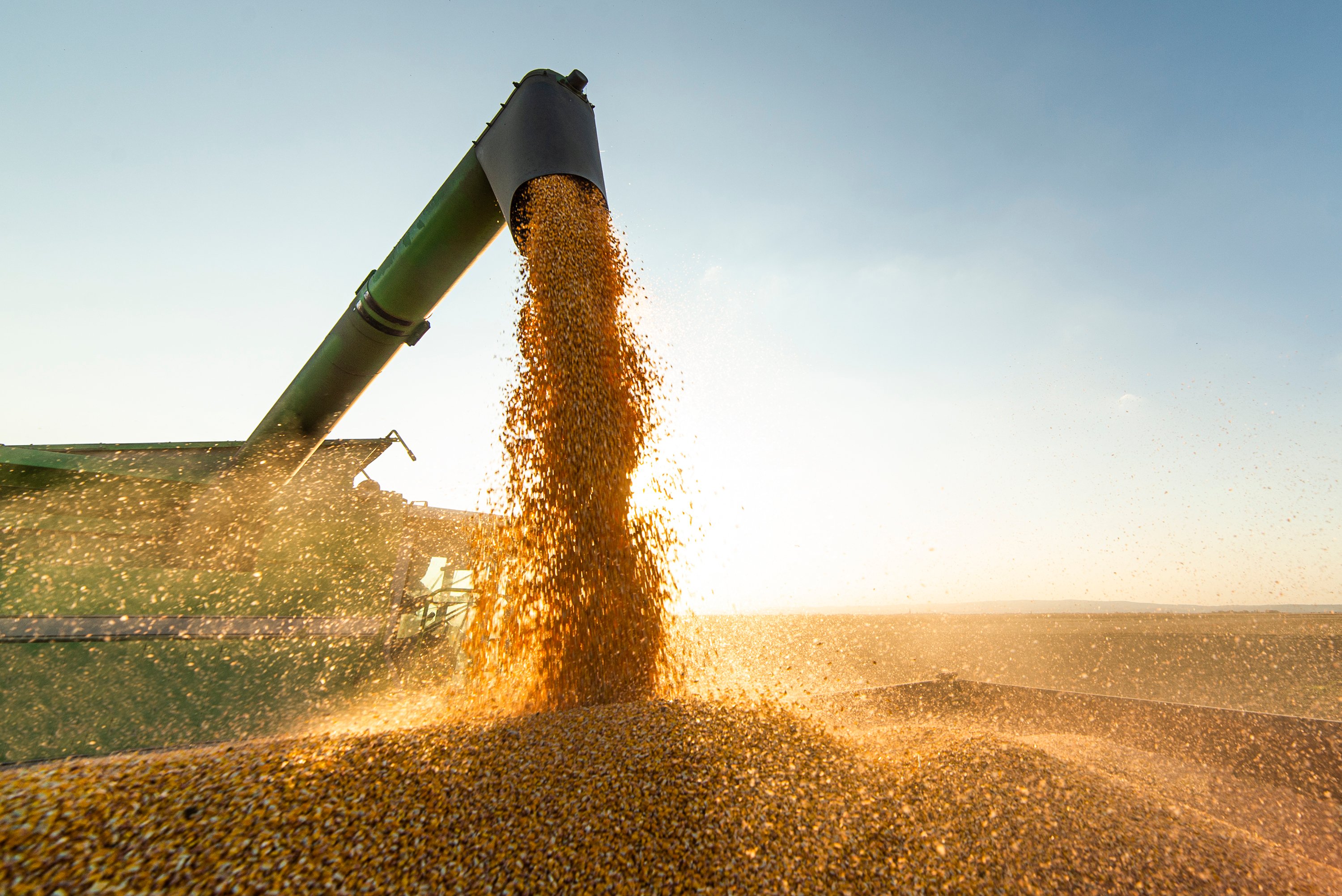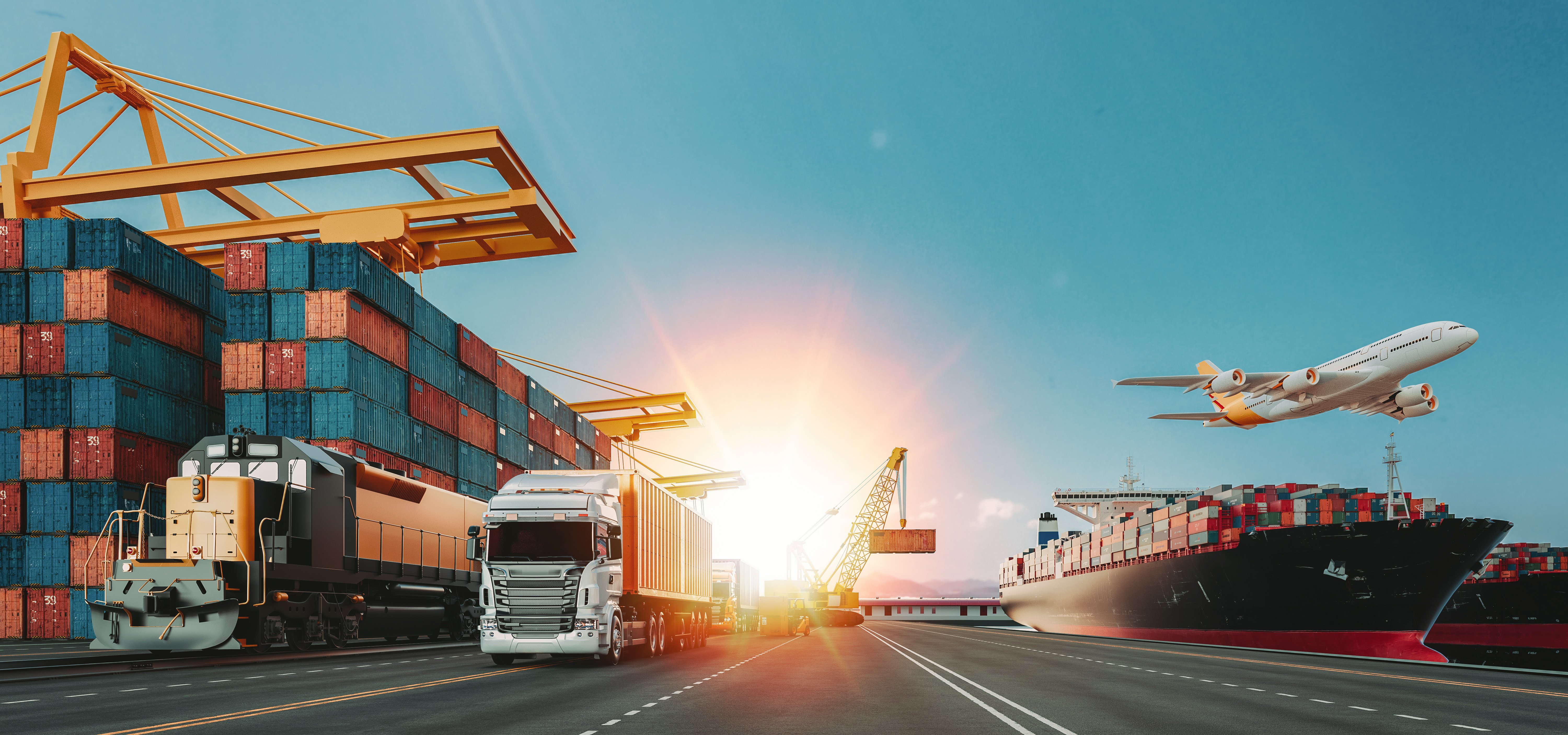Freight•cast™ by FTR
Forecasting the future of freight, so you don't have to.
Helping you focus on execution

.png?width=1080&height=1080&name=Copy%20of%20Define%20Your%20Objectives%20Before%20Diving%20into%20Data(1).png)
.png?width=1080&height=1080&name=Copy%20of%20Define%20Your%20Objectives%20Before%20Diving%20into%20Data(2).png)






- Simple idea. Painstakingly complex.
- Millions of macro variables analyzed.
- If it moves, we track it.
- Detailed modal share analysis.
- Measuring equipment at the source.
- Our industry experts weigh in.

Doing the work, so you don't have to.
The economy generates freight, and freight drives the demand for carriers and equipment.
Our founders, tired of defending their forecasts at a major commercial vehicle supplier, set out to develop a systematic process to paint this picture for their leadership team.
Though those roots are 40+ years old at this point, it's still drives our forecasting process to this day.

Award-winning economic outlook
The foundation of our process begins with an in-house, award-winning economic forecasting methodology. Tracking the macro-variables that we've identified to impact the commercial freight transportation industry.
Our economic outlook is included as a component of every FTR Subscription service. It's almost like hiring a full-time economist without the FTE price tag.

Robust commodity forecasting
Now that we've measured the fluctuations in the overall economy, we track and forecast 200+ commodities to understand demand pressure and changes in the commercial freight system.
The FTR commodity forecast is updated each month and is included as a component of every FTR Subscription Service.

Reliable data sourcing across the entire industry.
Next, we collect and analyze data from the most reliable industry associations and data providers to understand freight demand, productivity metrics, utilization, and capacity measures.
We analyze data from industry leaders like ATA, AAR, IANA, and publicly and privately available load board data to understand how freight demand is impacted across rail, intermodal, and trucking.

Equipment demand drives available capacity.
We partner with commercial vehicle OEMs, major trailer builders, and railcar builders to capture critical monthly manufacturing data to monitor the overall health of the order boards.
This data exchange allows us to provide a forecast based on new orders, cancellations, net orders, deliveries, backlogs, and inventory analysis so you can anticipate swings in the market and plan your budgets with precision.
This equipment forecast is provided in our Truck & Trailer Outlook, Rail Equipment Outlook, and Closer Look subscription services.

Upside and downside risks.
Our industry experts meet multiple times each month to discuss the key industry topics and their potential impact on the current FTR forecast.
After multiple hours of back and forth, the experts then provide an upside and downside risk to the forecasts and write a clear commentary to guide your decision-making.
This commentary is then delivered directly to our clients on a regular basis through our forecasting subscription services.
